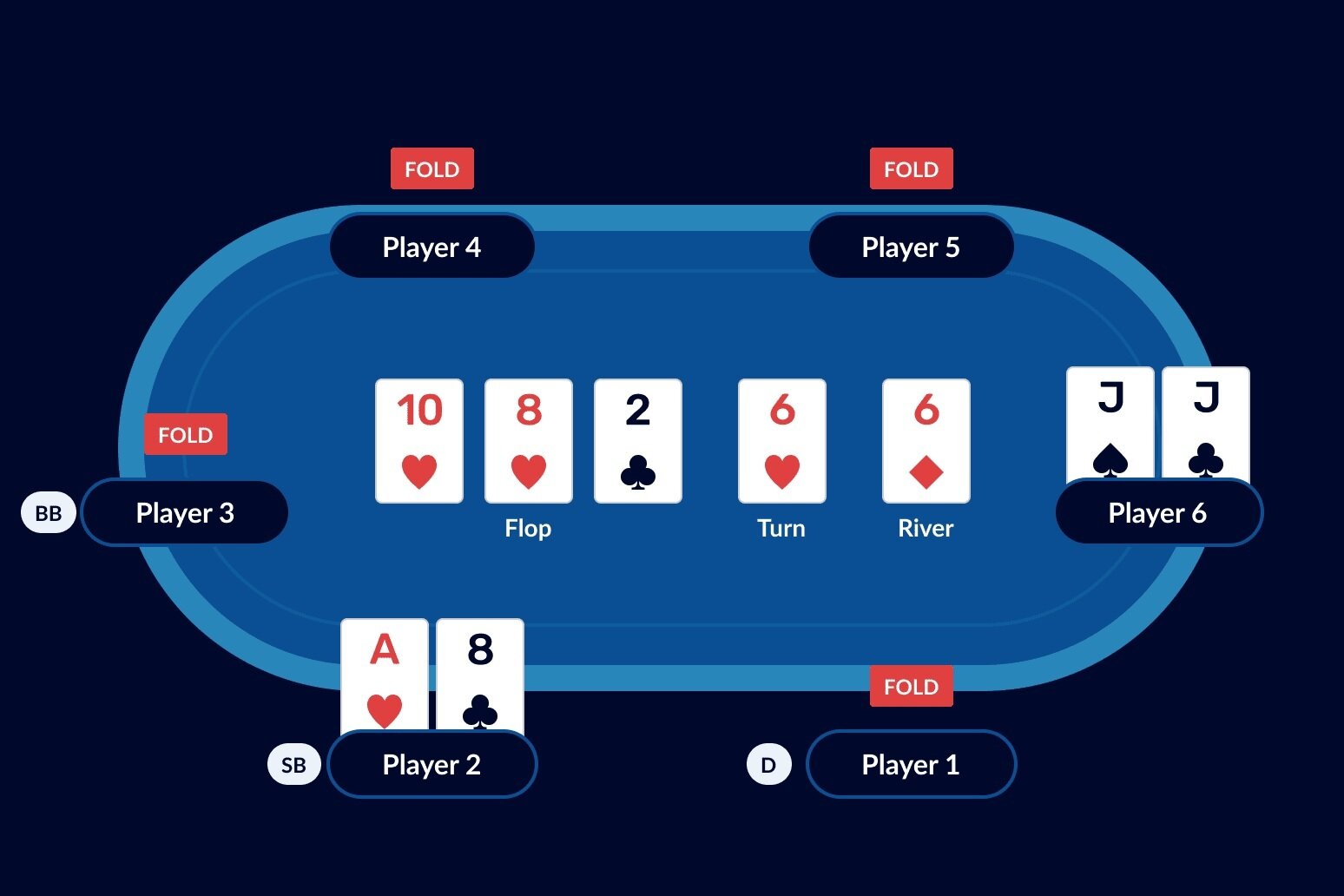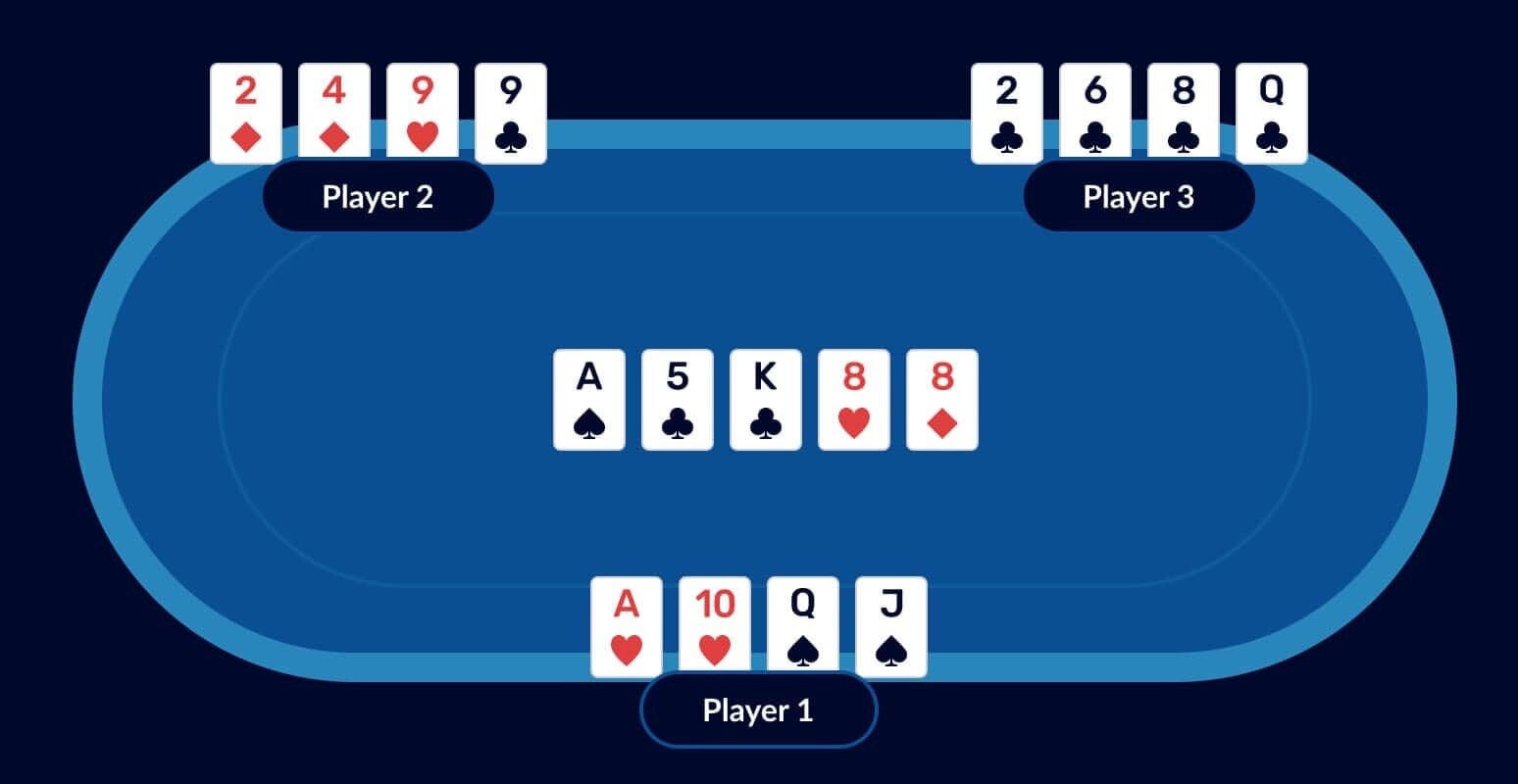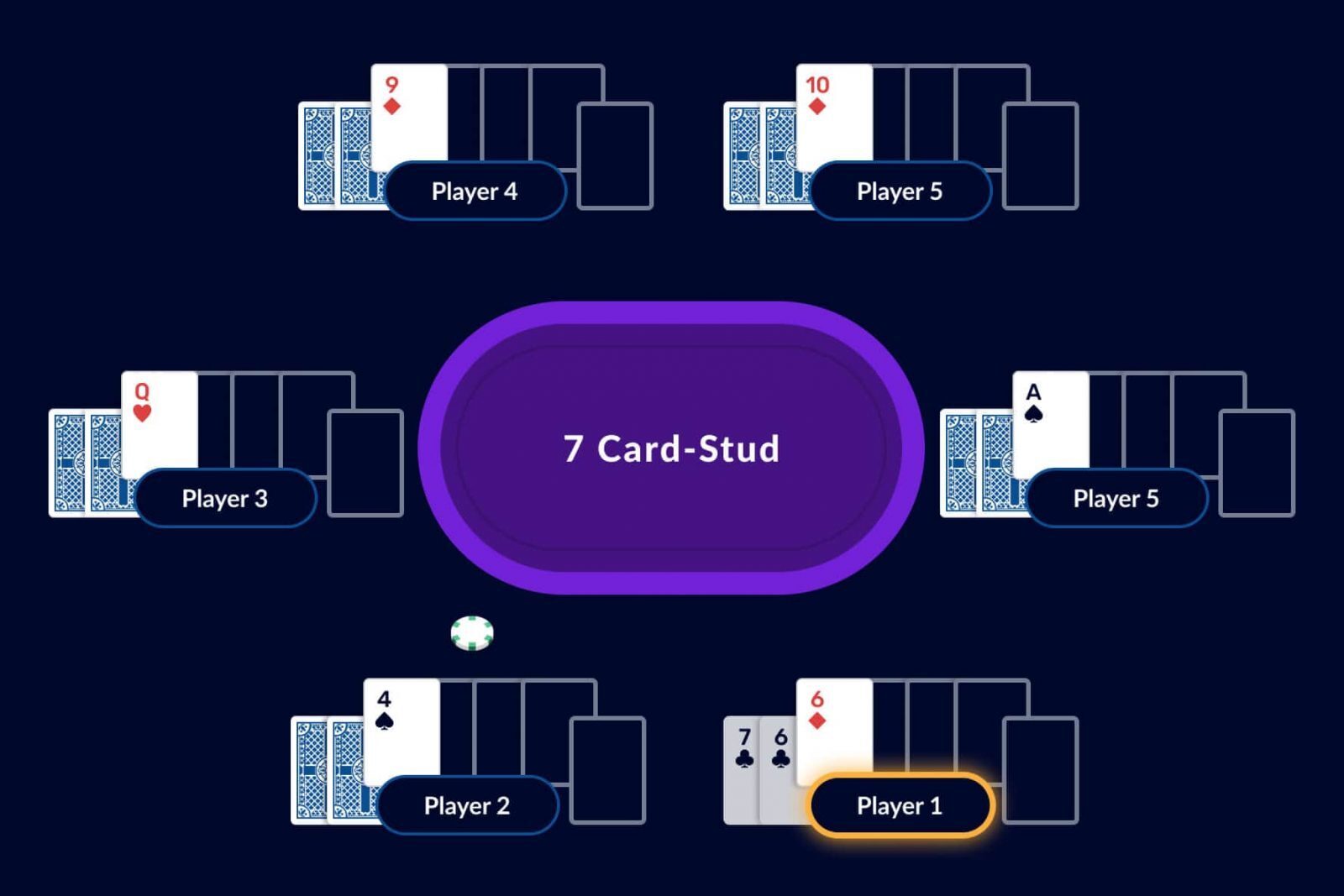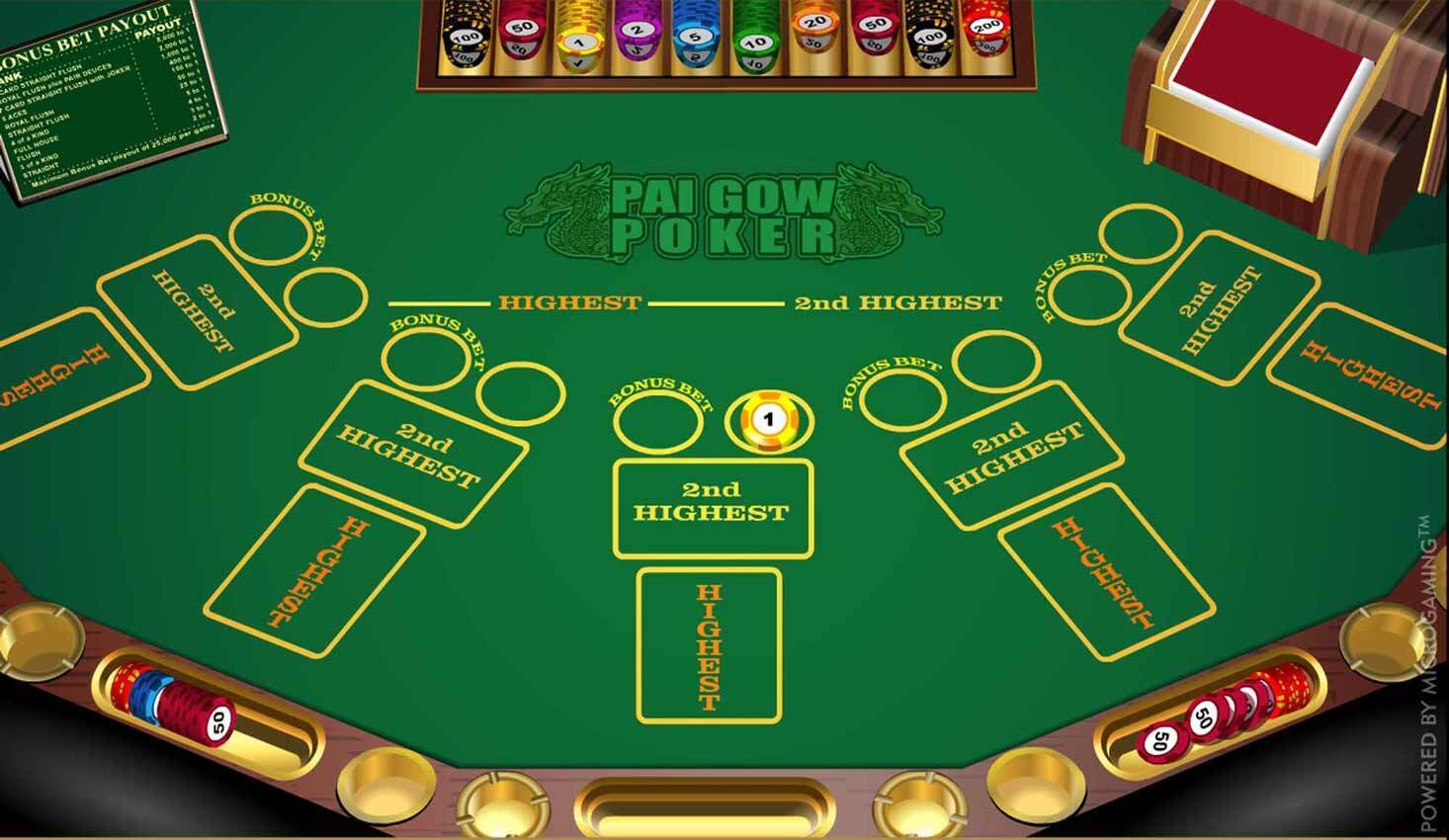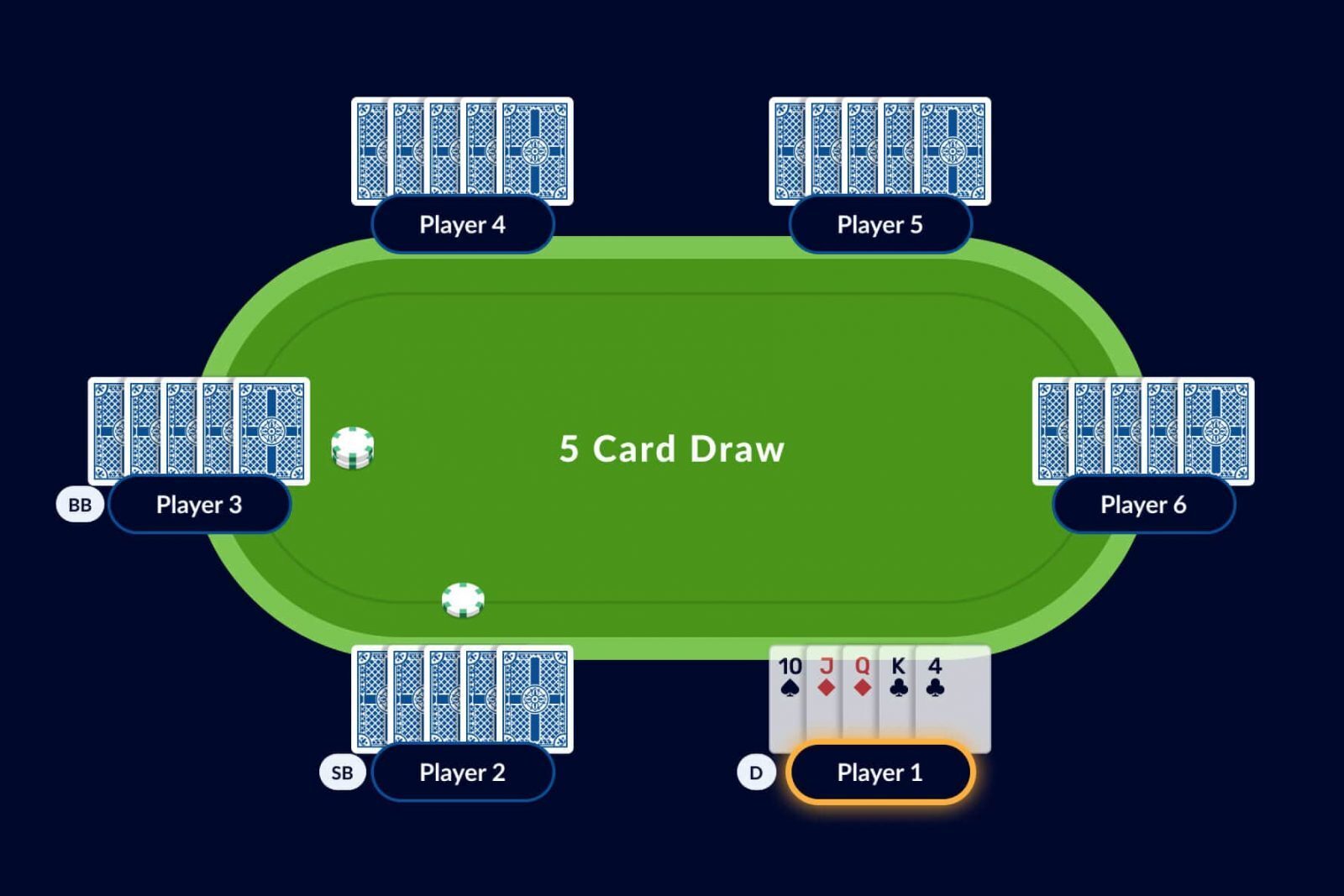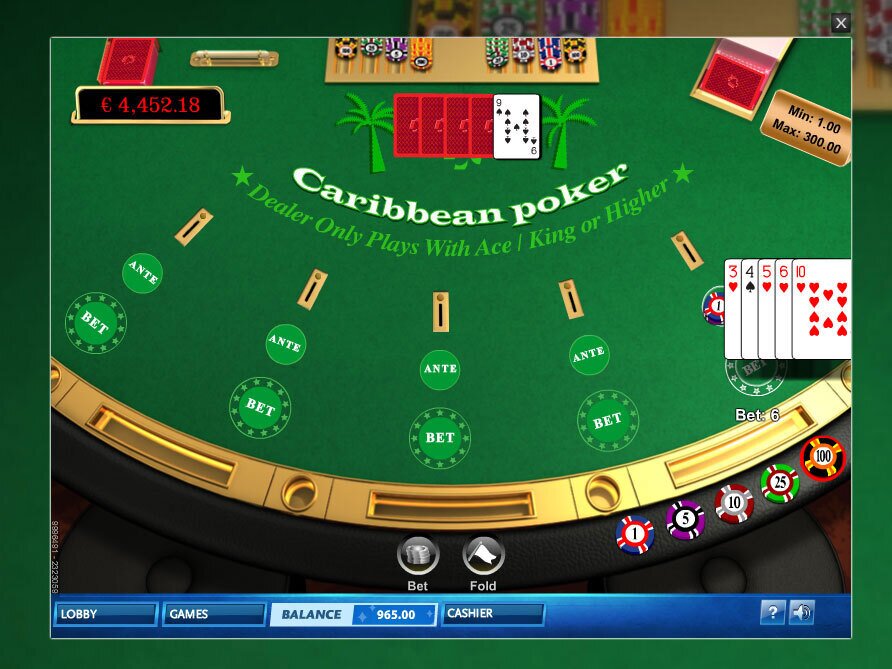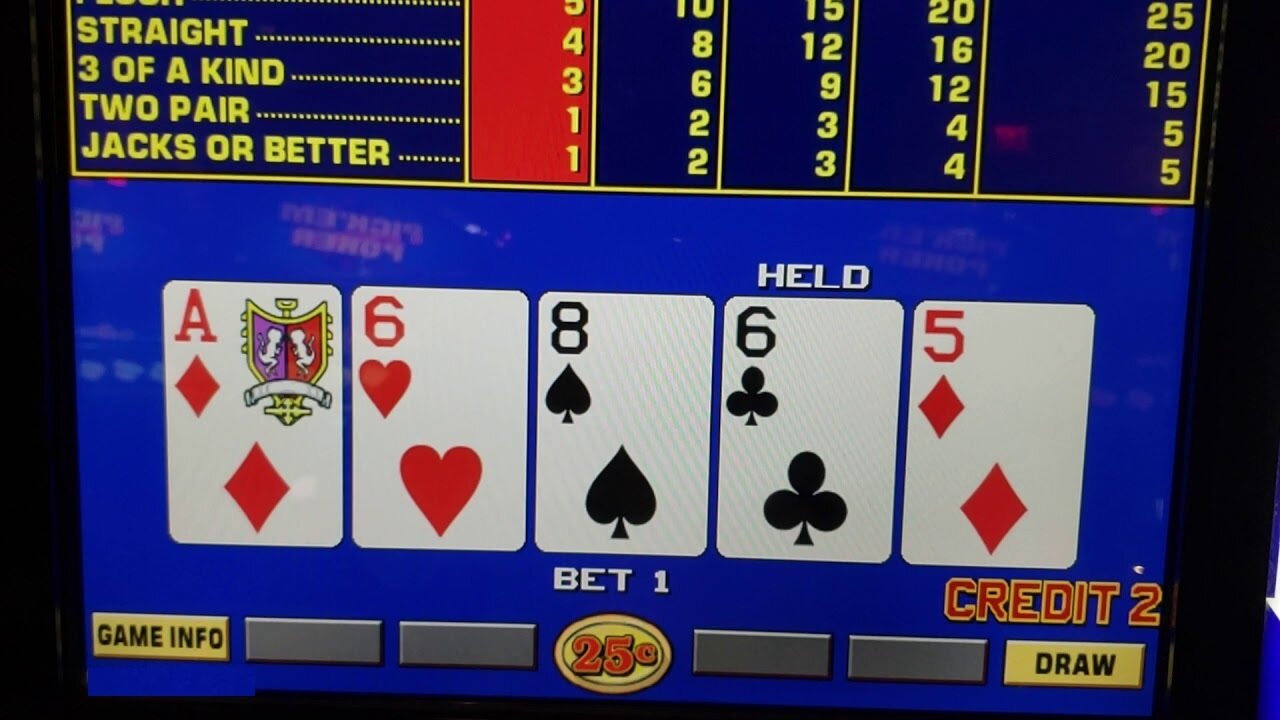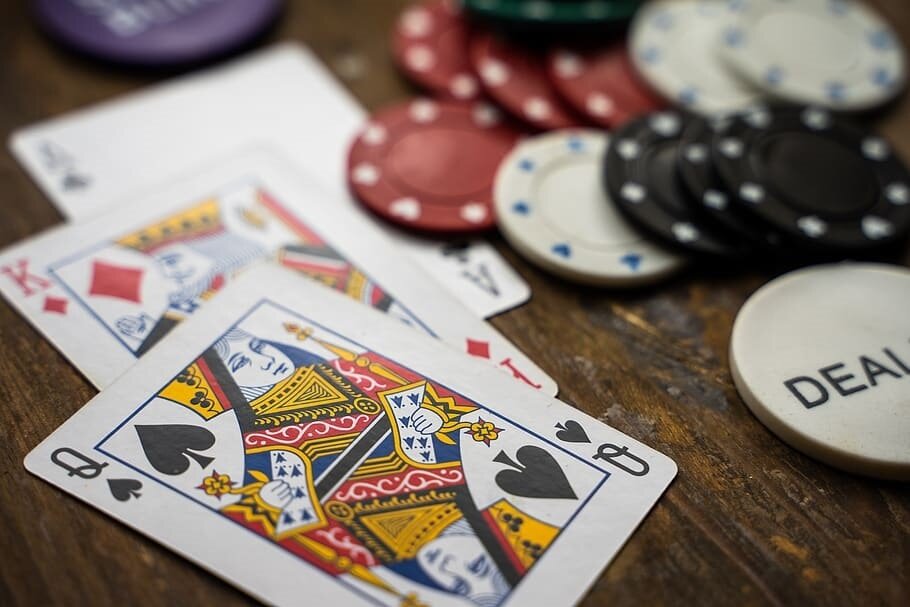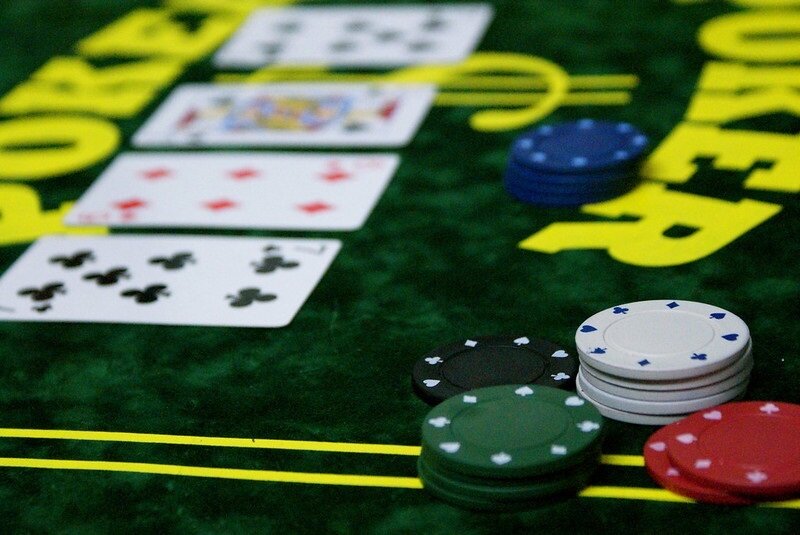There are a many variations to online poker, but the general rules tend to stay the same. The aim of the game is to be the last player remaining, or to win at showdown by having the strongest hand of all the remaining players.
For classic poker, the rules are:
- One standard deck of 52 cards is used
- Each player is dealt five cards from the deck
- Players check their hands
- Bets are placed
- Players can choose whether they want to keep their cards or discard some of them
- Dealer deals cards to players who wish to discard – keeping five cards in the hand
- Players bet on their hands
- The betting continues until either all players fold (end their participation in this round) or someone wins in a showdown
What is really important is to understand which poker hands rank highest.








